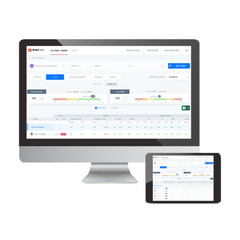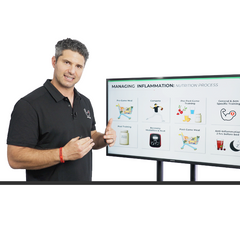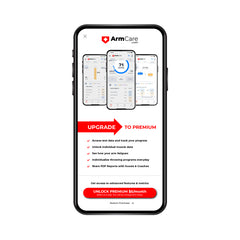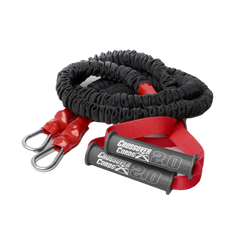More Gas with Less Injuries
Generalized velocity training that doesn't change based on the player, can do more harm than good.
A player’s age, experience, and motor abilities should impact what program is right for them. And that program should change based on how the player’s body is handling the training.
Jordan Oseguera and Ryan Crotin deliver a scientific, yet applicable approach to minimizing risk with velocity programs.
Many believe that injuries in weighted ball training, or pitching injuries in general are the “costs of doing business”, but at ArmCare.com, we are proving there is a better way.
In this course, you will learn when and how to make an adjustment to a program to reduce injury risk but also lock in long term velo gains.
You will learn when to flat out not recommend a velo program to an athlete who is underprepared to handle the rigors of throwing light and heavy implements as fast as humanly possible.
This course is approximately 2 hours and is highly recommended for athletes, coaches, organizations, and parents. .
Gain knowledge about the trends in velocity enhancement, the biomechanical factors that are attributed to throwing hard and better understanding the training methods can accelerate the process.
Understand the science behind weighted ball training by deeper understanding of the force-velocity curve which is the physiological and biomechanical intersection of throwing arm strength and speed leading to throwing arm power.
Understand the importance of throwing drills that increase muscle irradiation and blood flow restriction in gaining throwing arm strength quickly.
Apply principles of periodization that makes sense for throwing athletes and avoid exponential volume-load which is characteristic of throwing programs by increasing volume and intensity of throwing together for the offseason.
Learn a step by step process for customizing velocity training in real time to better protect athletes from injury.
Determine when to onboard athletes into high intensity weighted ball programs through satisfying the suggested requirements described through the ThrowFuzz Checklist.
Review high school, collegiate and MLB case studies where velocity enhancement training had to be modified and why.
About Ryan Crotin
PhD, CSCS, RSCC
Dr. Ryan Crotin is the Executive Vice President of ArmCare.com focusing on global adoption of individualized training and assessment through a data-led approach. He also is the driving force behind ArmCareU and the ArmCare Elite community, being a comprehensive educational stream and network to advance baseball health and performance.
Ryan completed his PhD at the University at Buffalo studying fatigue-induced movement compensations in baseball pitchers.His post-doctoral fellowship in the Department of Orthopedics at the University of Pennsylvania focused on joint function and biomechanics to determine potential causes of throwing injuries.
His latest position in MLB was Director of Performance Integration for the Los Angeles Angels overseeing strength and conditioning efforts and sport science to apply physiologic-based data to improve the way athletes are coached, receive clinical care, and scouting as it relates to athletic profiling for the amateur draft.

Start Building Bulletproof Arms
Optimize on the field performance.












